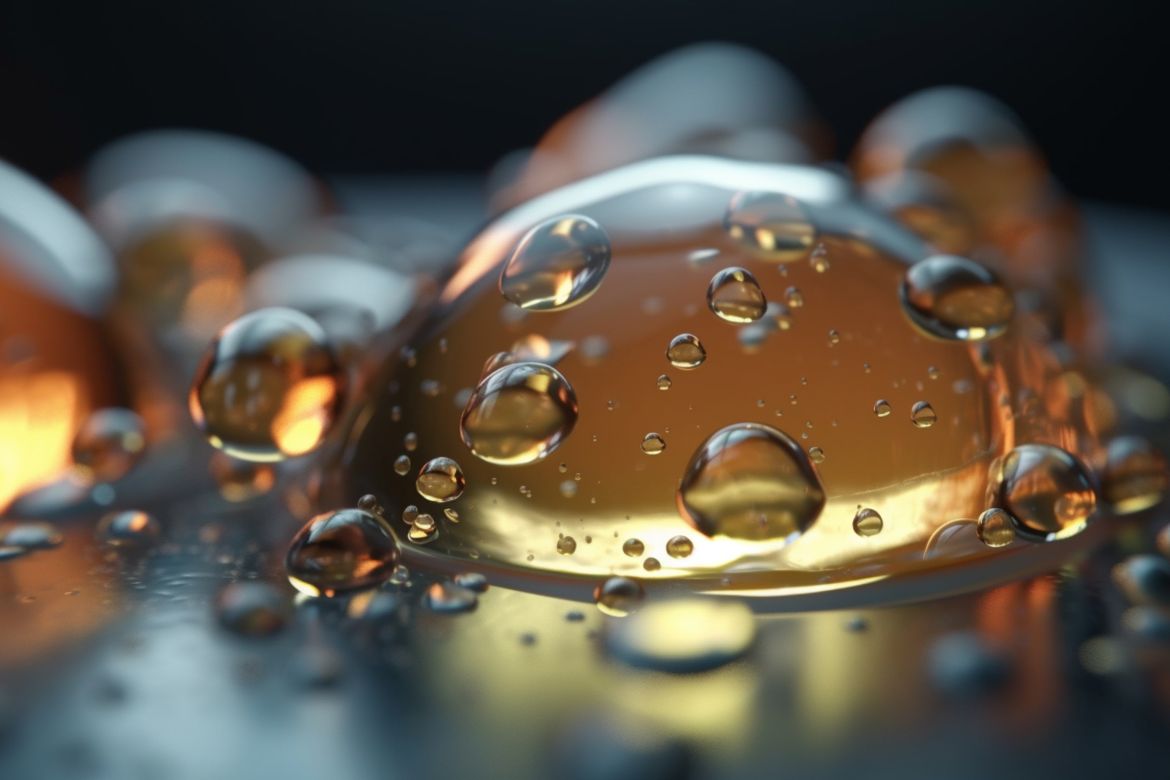What Are Surfactants and How Do They Work?
Surfactants are a fascinating and vital class of chemicals widely used in various industries. These compounds have unique properties that make them essential in products ranging from household cleaners to industrial processes. Read on to find out what surfactants are and how they work, as well as their diverse applications.
The Basic Structure of Surfactants
Surfactants, short for surface-active agents, are molecules that contain both hydrophilic (water-loving) and hydrophobic (water-repelling) parts. This dual nature allows them to reduce surface tension between two liquids or between a liquid and a solid. The hydrophilic head of the surfactant molecule is attracted to water, while the hydrophobic tail tends to repel water and associate with oils and fats. This unique structure enables surfactants to mix and interact with oil and water, creating emulsions and aiding in cleaning and dispersion.
Ionic vs. Non-Ionic Surfactants
Surfactants are categorized into two main types based on the charge of their hydrophilic head: ionic and non-ionic. Ionic surfactants can be further divided into anionic (negatively charged) and cationic (positively charged). Due to their excellent cleaning properties, anionic surfactants are common in laundry detergents and cleaners.
Non-ionic surfactants, which have no charge, are milder and are used in applications where less irritation is desired, such as in shampoos and personal care products. The choice between ionic and non-ionic surfactants depends on the desired properties and the application’s specific requirements.
Role in Household and Industrial Cleaning
In cleaning products, surfactants play a crucial role by lowering the surface tension of water, allowing it to spread and penetrate surfaces more effectively. They help remove dirt, grease, and stains by surrounding and trapping oily particles, making them easier to wash away. This action makes surfactants indispensable in household cleaners, laundry detergents, and dishwashing liquids.
Applications in Cosmetics and Personal Care
Surfactants are also key ingredients in personal care and cosmetic products. They serve as emulsifiers, allowing oil- and water-based ingredients to mix, and as foaming agents in products like shampoos, body washes, and toothpaste. Their ability to cleanse and create foam enhances the user experience and effectiveness of these products.
Oil and Gas Well Production
Surfactants find significant applications in the oil and gas industry, particularly in enhancing oil recovery from wells. They reduce the surface tension within the reservoir, allowing for more efficient oil displacement and extraction. This, along with other new technologies, leads to increased oil and gas well production, making surfactants valuable in energy resource management.
In addition, surfactants can be combined with other techniques like polymer flooding or alkaline flooding to improve recovery rates. This combination, often called ASP (Alkaline-Surfactant-Polymer) flooding, can significantly increase the amount of oil recovered from a reservoir compared to conventional methods.
Now that you know what surfactants are and how they work, it’s clear that these versatile agents play a critical role across various sectors. From household cleaning and personal care to improving oil and gas well production, surfactants’ unique properties make them indispensable in our daily lives and in industrial processes.

